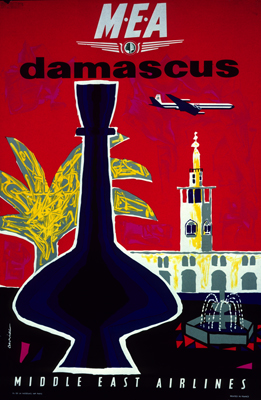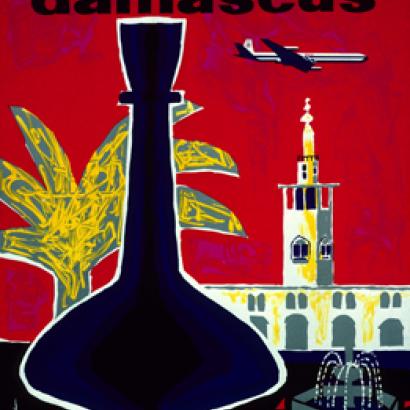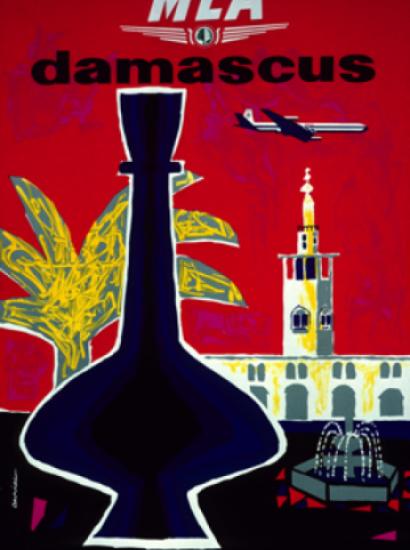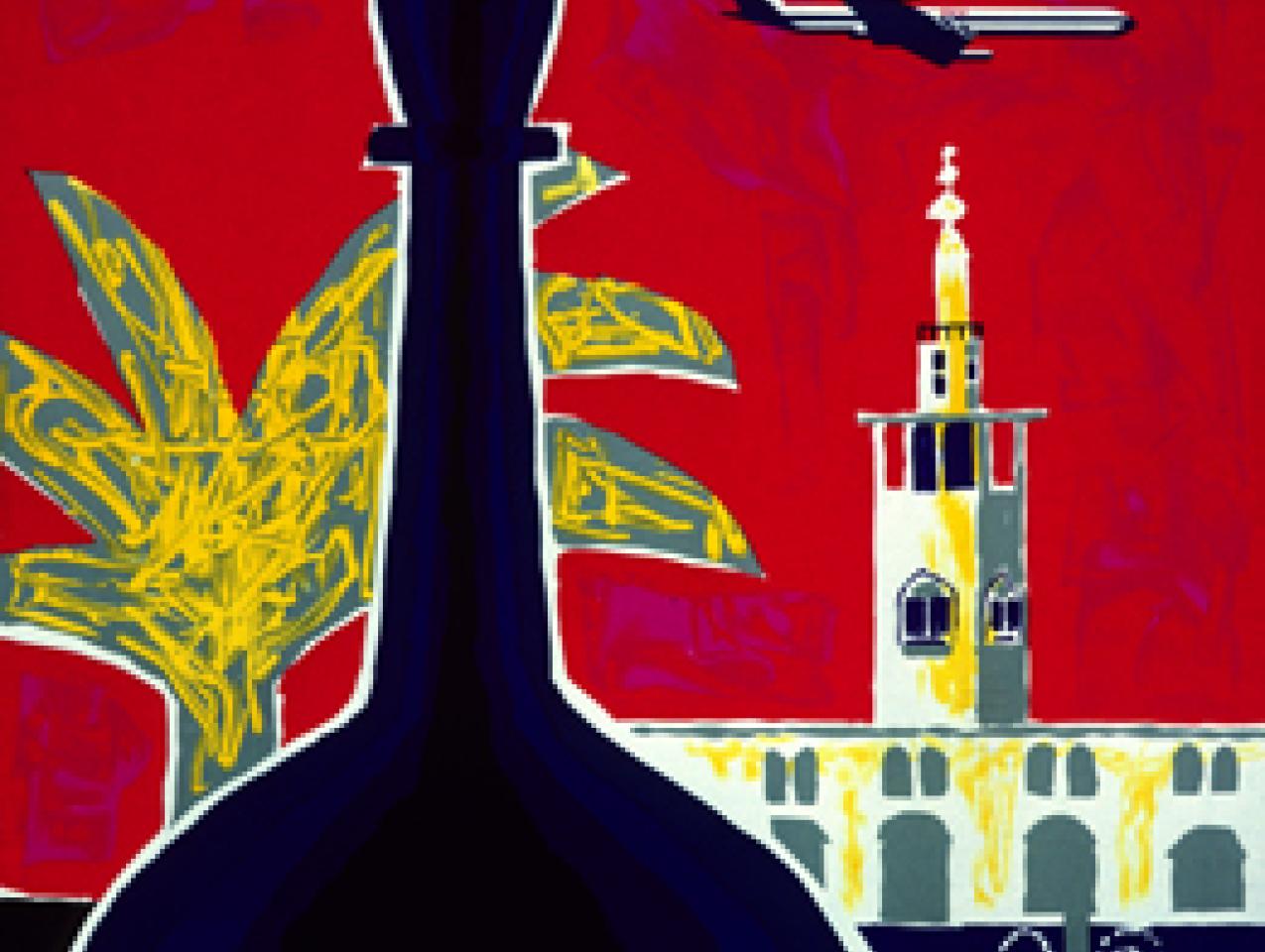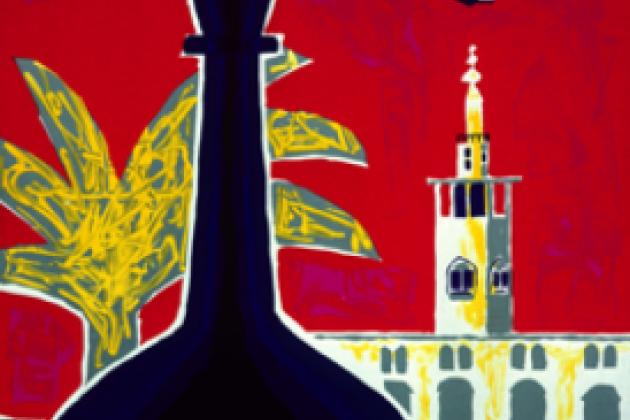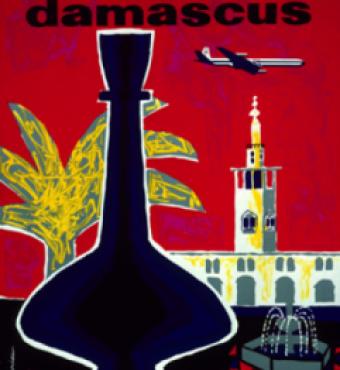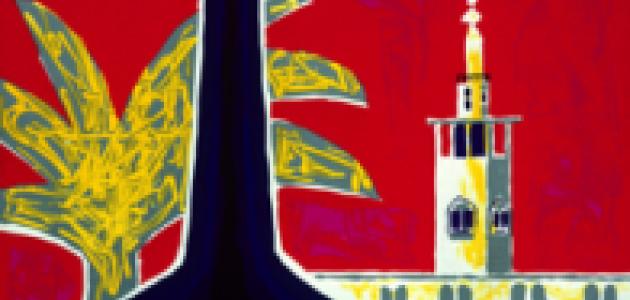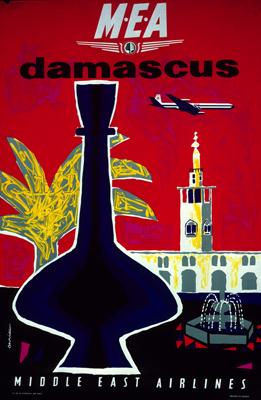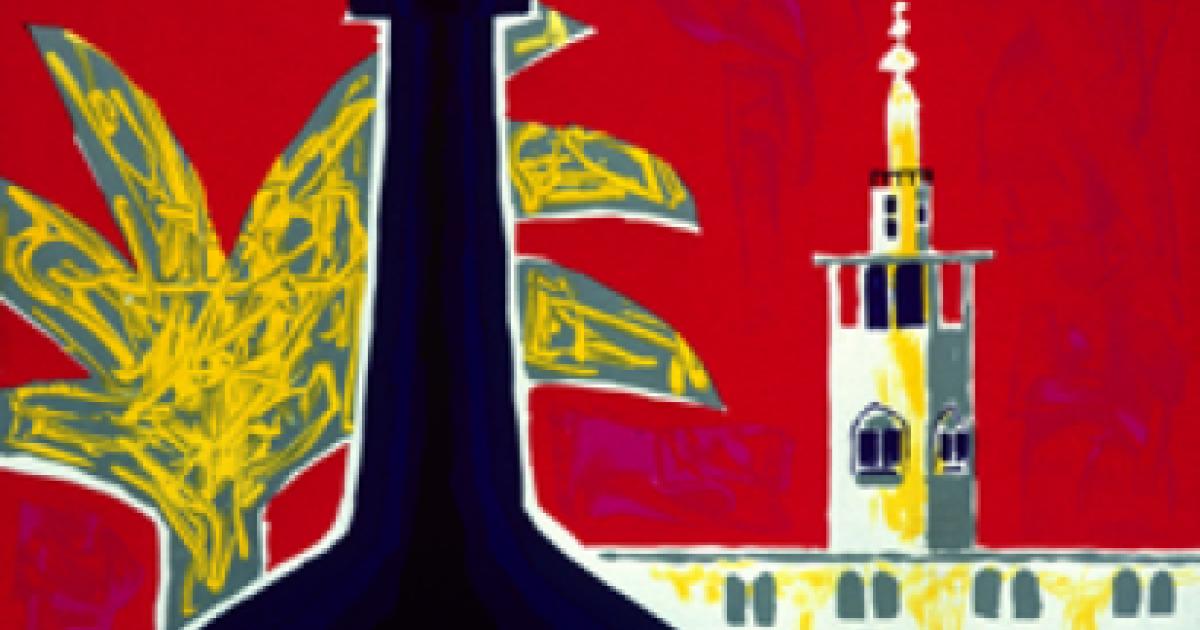- History
- Military
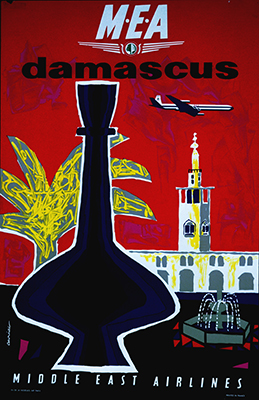
The war in Syria just seems to go on and on, with civilians in the line of fire as often as not. Currently an estimated 400,000 civilians are trapped in Eastern Ghouta, a Damascus suburb and rebel enclave, currently under bombardment by government forces. Fighting since February 18 has killed over 600 people, including many children.
Unfortunately, war is not new to Syria. In fact, Syria is one of the most fought-over places on earth. It is a central part of the “Fertile Crescent,” where agriculture began around 12,000 years ago and where civilization—and war—followed. A rich prize in itself because of its agricultural wealth and its sophisticated civilization, Syria is of great strategic significance. It sits astride one land route between Anatolia and Egypt and another between Iran and the Mediterranean.
Damascus is one of the world’s oldest continuously inhabited cities, dating back 7-8,000 years, and it houses glories in art and architecture. Some of history’s greatest conquerors have taken Damascus or accepted its surrender. Assyrians, Neo-Babylonians, and Persians took control of Damascus as did the Macedonian monarch Alexander the Great (r.336-323 BCE) and the Roman general and Caesar’s rival Pompey the Great (64 BCE). Later the victorious Muslim-Arab armies conquered Damascus after a 30-day siege (634 CE). The city became the capital of the Ummayad Caliphate (634-750 CE). It remained a Muslim city under various Arab, Turkish, and Kurdish rulers, among whom the most famous in the West is Saladin (1137-1193 CE). Damascus successfully resisted a siege by Crusaders in 1154 but it later surrendered to one Mongol army in 1260 and was afterwards captured and sacked in 1400 by another under the formidable Turco-Mongol conqueror, Timur. The Ottomans conquered Damascus in 1516 and it remained in Ottoman hands until the First World War when the British under T.E. Lawrence, famous as Lawrence of Arabia, and their Arab allies took Damascus.
Turned over to France, Syria rose in revolt in 1925 and Damascus came under attack. The French put down the rebellion brutally and remained in control until 1946-1949, when Syria became independent. After a series of coups, the Assad family took control in 1970. An Islamist uprising between 1976 and 1982 saw several terrorist attacks in Damascus but most of the fighting took place elsewhere and it was bloody.
In 2011 the current Syrian civil war began, unleashing even more bloodshed and ruin in its wake. With Iranian and Russian support, the Syrian government is now largely winning the war, but fighting continues in much of the country, including the suburbs of Damascus. And so, Syria, among the world’s most civilized places, also continues to be one of its most tragic.







